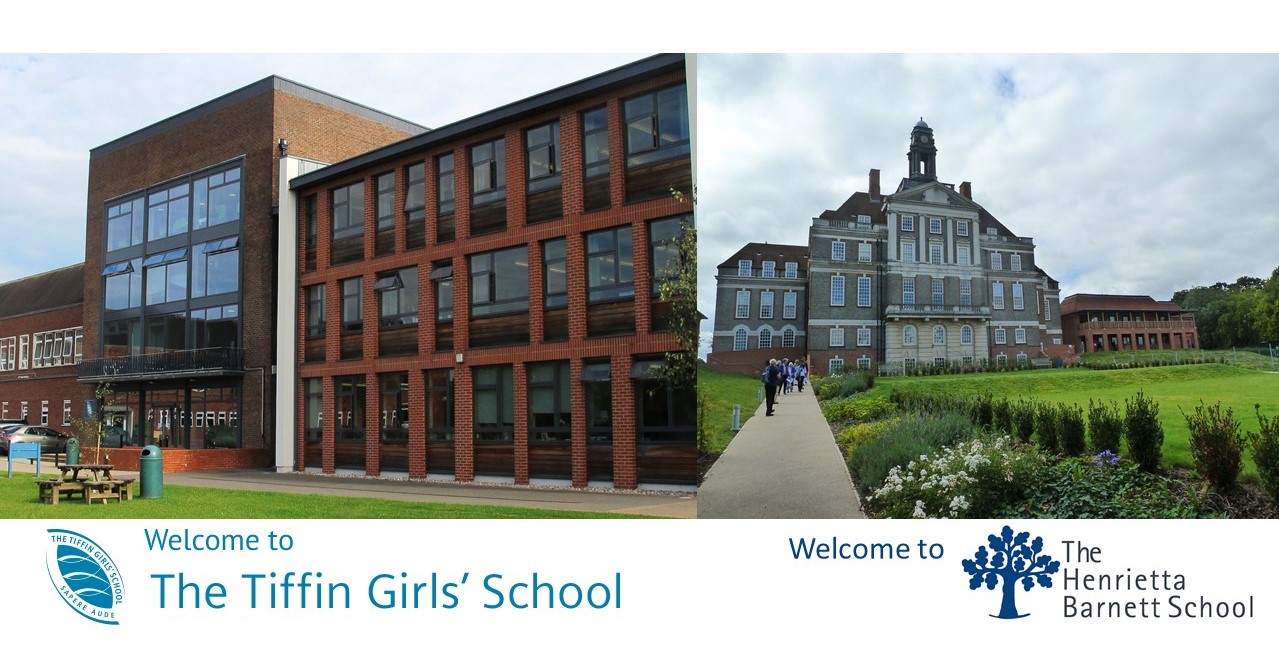

Poetry is an art form that uses language to evoke emotion, paint vivid imagery, and convey deep meaning in a condensed and often rhythmic form. Poets use various literary techniques, known as poetic devices, to enhance the reader's experience and deepen the impact of their words. Understanding these devices can not only help in appreciating poetry but also in crafting your own verses. Here are some of the most commonly used poetic devices:
Metaphor
A metaphor is a figure of speech that directly compares two unrelated things, suggesting they are alike in a significant way. This device allows poets to convey complex ideas and emotions efficiently.
For instance, in the phrase 'time is a thief,' time is equated to a thief, implying that it steals moments from our lives.
Simile
Similar to a metaphor, a simile compares two things but uses 'like' or 'as' to make the comparison. This device often highlights the similarities between two different entities, as in the line 'her smile was as bright as the sun.' The simile enhances the vividness of the image in the reader's mind.
Alliteration
Alliteration is the repetition of the same consonant sound at the beginning of closely placed words. This device can create a musical quality in poetry and emphasise particular phrases or themes.
For example, 'She sells sea shells by the sea shore' uses the repetition of the 's' sound to create rhythm and mood.
Assonance
Assonance is the repetition of vowel sounds within words that are close to each other. This device can create internal rhyming and contribute to the musicality of the poem. An example would be 'the rain in Spain stays mainly in the plain,' where the repetition of the 'a' sound creates a melodic effect.
Personification
Personification involves giving human traits to non-human entities. This device helps readers relate to abstract concepts or inanimate objects by presenting them in a familiar, human-like manner.
For instance, 'the wind whispered through the trees' gives the wind the human ability to whisper, enhancing the atmosphere of the scene.
Onomatopoeia
Onomatopoeia refers to words that imitate the sound they describe, like 'buzz,' 'whisper,' or 'bang.' This device brings sounds to life in poetry, making the scenes more vivid and engaging for the reader.
Hyperbole
Hyperbole is an intentional exaggeration for emphasis or effect. It’s used to create a strong impression and is not meant to be taken literally. For instance, 'I've told you a million times' exaggerates to emphasise the speaker's frustration.
Rhyme
Rhyme is the repetition of similar sounding words occurring at the end of lines in poems. It contributes to the rhythm and can enhance the aesthetic quality of the poem. Rhymes can be perfect (where the sounds match exactly) or slant (where the sounds are similar but not identical).
Enjambment
Enjambment occurs when a sentence or phrase runs over from one line to the next without a terminal punctuation mark. This device can create a sense of continuity or urgency and can be used to surprise the reader by juxtaposing ideas in unexpected ways.
Imagery
Imagery involves using descriptive language that appeals to the senses. By painting vivid pictures in the reader's mind, poets can evoke emotions and create strong connections with their audience.
For example, 'the crimson leaves crunched beneath my feet' appeals to both the visual and auditory senses.

